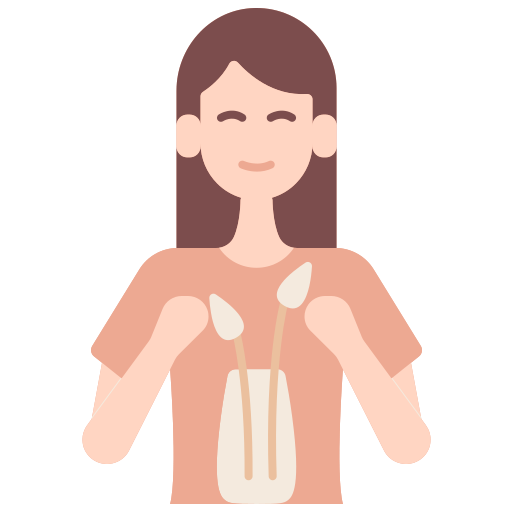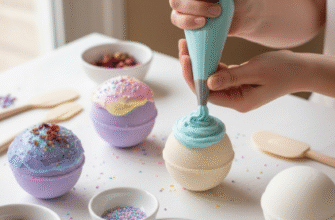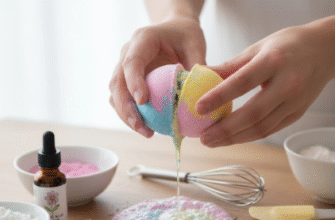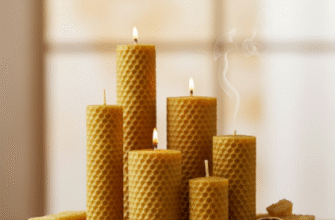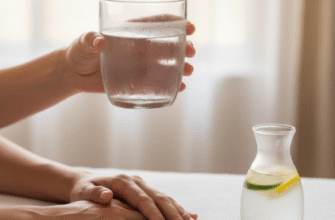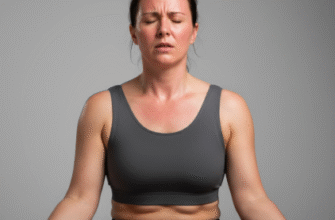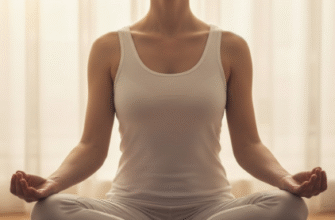Ever feel that persistent tightness across your chest? It’s a common complaint, often stemming from hours spent hunched over desks, driving, using smartphones, or even from strenuous workouts. This tension in the pectoral muscles (pecs) doesn’t just feel uncomfortable; it can contribute to rounded shoulders, poor posture, and even restricted breathing. While professional massage is beneficial, learning some simple self-massage techniques can provide accessible, immediate relief right when you need it.
Giving yourself a chest massage might feel a bit awkward initially, but the benefits are worth pushing past that initial hesitation. It empowers you to address discomfort proactively, improves your body awareness, and can become a valuable part of your self-care routine. You don’t need fancy equipment, just your own hands and a few minutes.
Understanding the Target Area
When we talk about chest muscles, we’re primarily referring to the Pectoralis Major and Pectoralis Minor. The Pec Major is the large, fan-shaped muscle covering the upper and front part of the chest, responsible for movements like bringing your arms across your body or pushing. Beneath it lies the Pec Minor, a smaller, triangular muscle that helps pull the shoulder blade forward and down. Tightness often accumulates where these muscles attach, particularly near the collarbone, the sternum (breastbone), and towards the shoulder and armpit area. Self-massage aims to gently release tension in these specific zones.
Getting Started: Preparation and Positioning
Find a comfortable position. You can do this sitting upright in a chair, standing, or even lying down. Some people find standing against a wall helpful, especially when using a massage ball. Ensure you have easy access to your chest area; wearing loose clothing or performing the massage directly on the skin (perhaps after a warm shower when muscles are relaxed) works well. If using oil or lotion, apply a small amount to reduce friction, but not so much that you can’t get a good grip.
Take a few deep, calming breaths before you begin. Inhale slowly through your nose, allowing your belly to expand, and exhale slowly through your mouth. This helps shift your body into a more relaxed state, making the muscles more receptive to massage.
Effective Self-Massage Techniques for Chest Muscles
Remember to start gently and gradually increase pressure as feels comfortable. Listen to your body; massage should feel like a “good hurt” or a releasing sensation, not sharp or intense pain. If you hit a spot that causes sharp pain, ease off immediately.
Fingertip Pressure and Circles
This is a great starting point. Use the pads of two or three fingers (not the tips) of the opposite hand. For example, use your right hand to massage your left pec.
Start just below the inner part of your collarbone. Apply gentle but firm pressure. You can hold the pressure statically on a tender spot for 15-30 seconds while breathing deeply. Alternatively, make small, slow circles over the muscle tissue. Explore the area systematically: work your way along the underside of the collarbone towards the shoulder, then move down along the edge of the sternum, and finally explore the thicker muscle tissue heading towards the armpit. Pay attention to areas that feel particularly tight or knotty, often referred to as trigger points.
Palm Gliding
Using the palm or the heel of your hand allows you to cover a larger area and apply broader pressure. Place your opposite palm flat onto your pec muscle. Apply moderate pressure and glide your hand slowly across the muscle fibers. You can glide from the sternum outwards towards the shoulder, or from the collarbone downwards. Experiment with different directions. This technique helps to warm up the tissue and provide a general sense of release.
Pincer Grasp (Use with Caution)
For the outer edge of the pec muscle, near the armpit, you might be able to gently grasp the muscle tissue between your thumb and fingers. Be careful not to pinch the skin too hard. Apply gentle squeezing or kneading pressure to this thicker part of the muscle. This can be particularly effective for the tissue that forms the front wall of the armpit. If this feels uncomfortable or pinchy, stick to fingertip or palm techniques.
Using a Massage Ball
A tennis ball, lacrosse ball, or a dedicated massage ball can provide deeper, more targeted pressure. You can use it in a couple of ways:
- Against a Wall: Place the ball between your chest muscle and a wall. Lean your body weight into the ball, controlling the pressure. Roll the ball slowly around the pec area by bending your knees or shifting your body side-to-side and up-and-down. Pause on tender spots, breathing deeply, until you feel some release. Avoid rolling directly over bone (collarbone, sternum).
- On the Floor: Lie face down on a mat with the ball positioned under one side of your chest. Support yourself with your forearms and knees. Gently shift your weight onto the ball to apply pressure. This usually provides more intense pressure, so start very cautiously. Again, focus on the fleshy muscle parts and avoid bone.
Integrating Breath and Movement
Breathing is crucial during self-massage. When you find a tight spot and apply pressure, take a deep inhale, and as you exhale slowly, try to consciously relax the muscle you are working on. Imagine the tension melting away with your breath. You can also incorporate gentle movement. While applying pressure to a spot on your pec, slowly raise your arm out to the side or overhead. This can intensify the stretch and release in the muscle fibers being massaged.
Frequency and Duration
Consistency is key. Aim for short sessions (5-10 minutes per side) several times a week, or even daily if you find it beneficial. It’s often more effective than one long, infrequent session. Listen to how your body responds. If you feel sore the next day (like after a workout), give the area a day or two to recover before massaging again. Over time, you should notice increased flexibility and reduced resting tension in your chest muscles.
Important Considerations: Always listen to your body’s signals. Avoid massaging over recent injuries, bruises, inflamed skin, or directly over bone. If you experience sharp, shooting, or radiating pain, stop immediately. Chest pain can have serious underlying causes; this information is for addressing muscular tightness only. If you have any medical conditions, cardiovascular issues, or persistent or unexplained chest pain, consult with a healthcare professional before attempting self-massage.
Beyond Massage: Supporting Chest Openness
Self-massage is a fantastic tool, but it works best when combined with other healthy habits. Regularly performing gentle chest stretches, such as doorway stretches or simply clasping your hands behind your back and opening the chest, can help maintain flexibility. Paying attention to your posture throughout the day – sitting tall, drawing shoulder blades gently back and down – is also vital to prevent the tightness from returning. Strengthening the muscles of your upper back can help counterbalance tight chest muscles and support better posture.
Taking charge of your muscle tension through self-massage can be incredibly empowering. It’s a simple, effective way to ease discomfort, improve your posture awareness, and cultivate a better connection with your own body. Make it a regular practice, stay mindful of the sensations, and enjoy the relief of a more open and relaxed chest.
